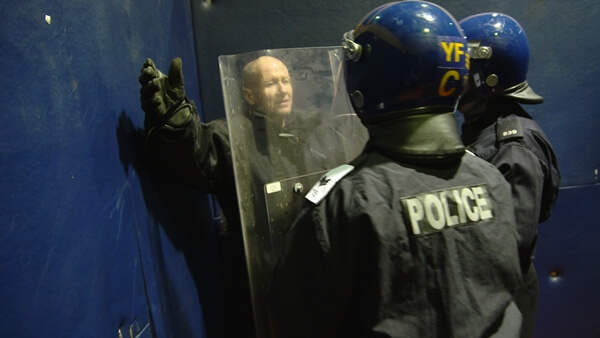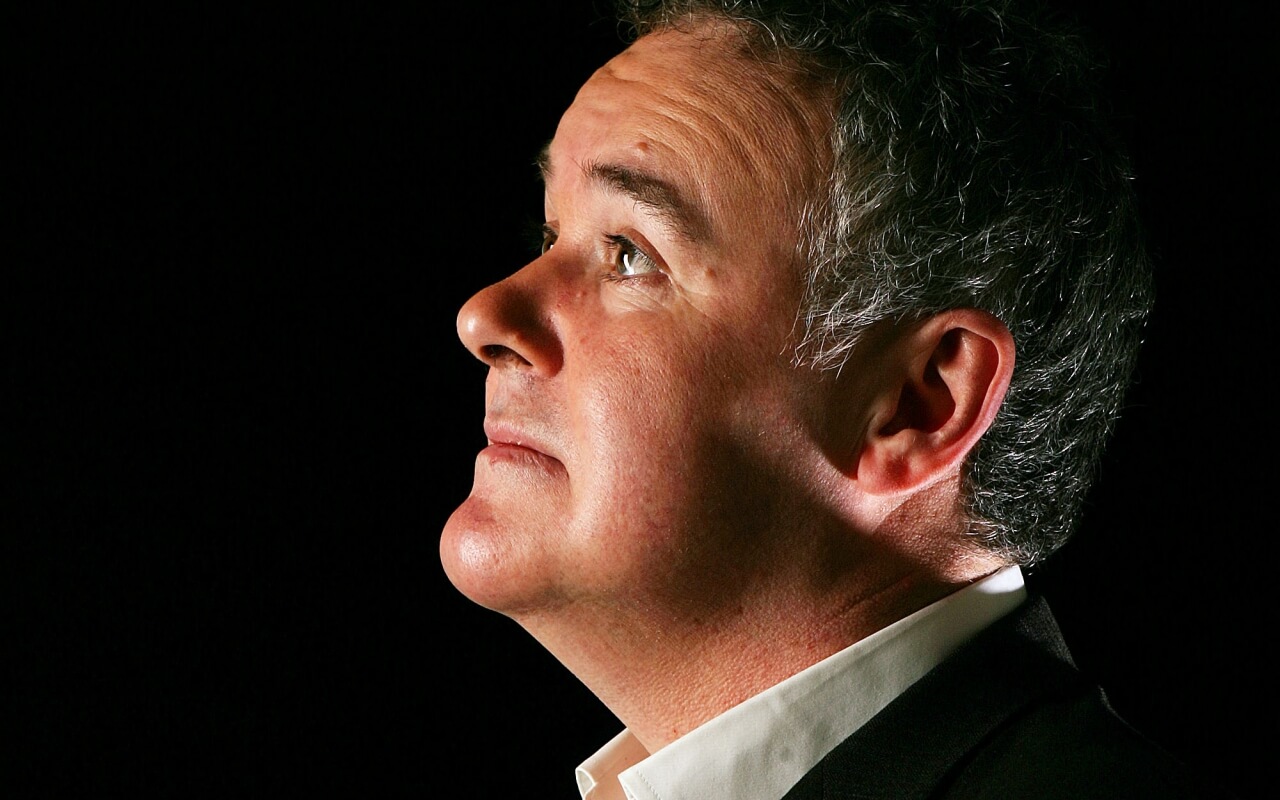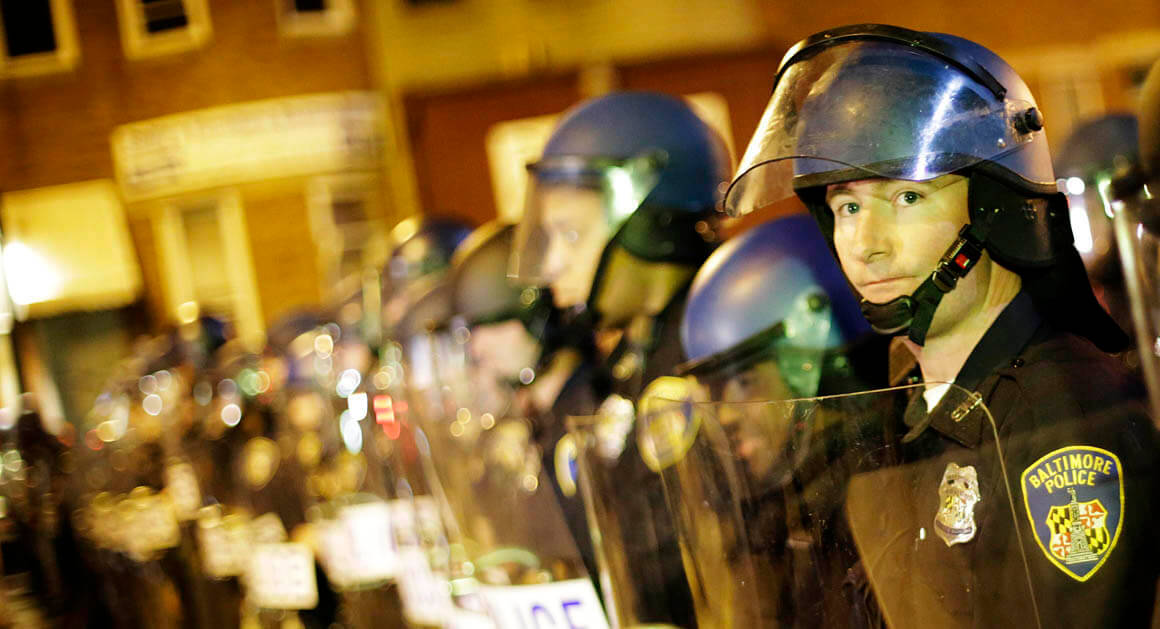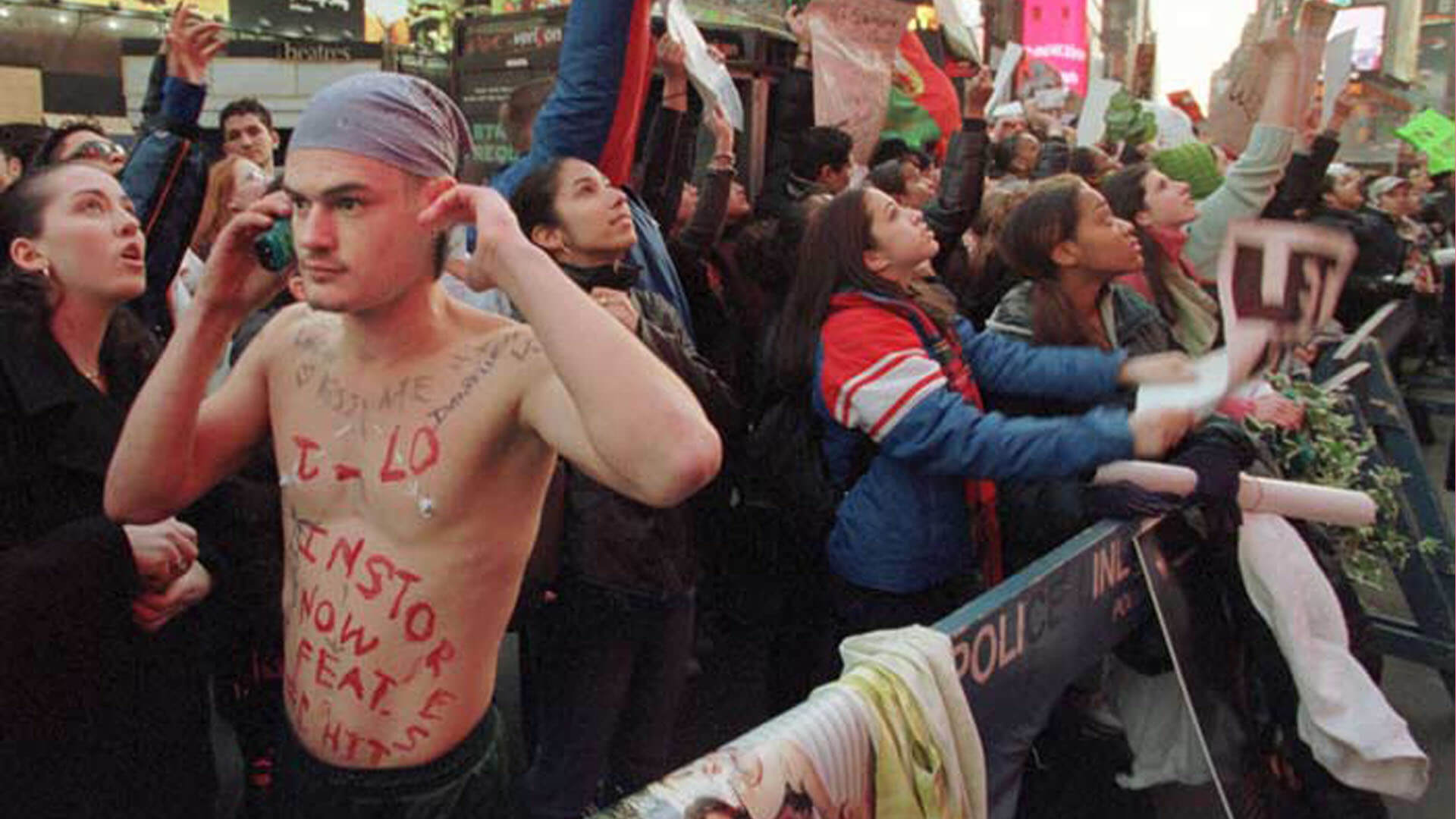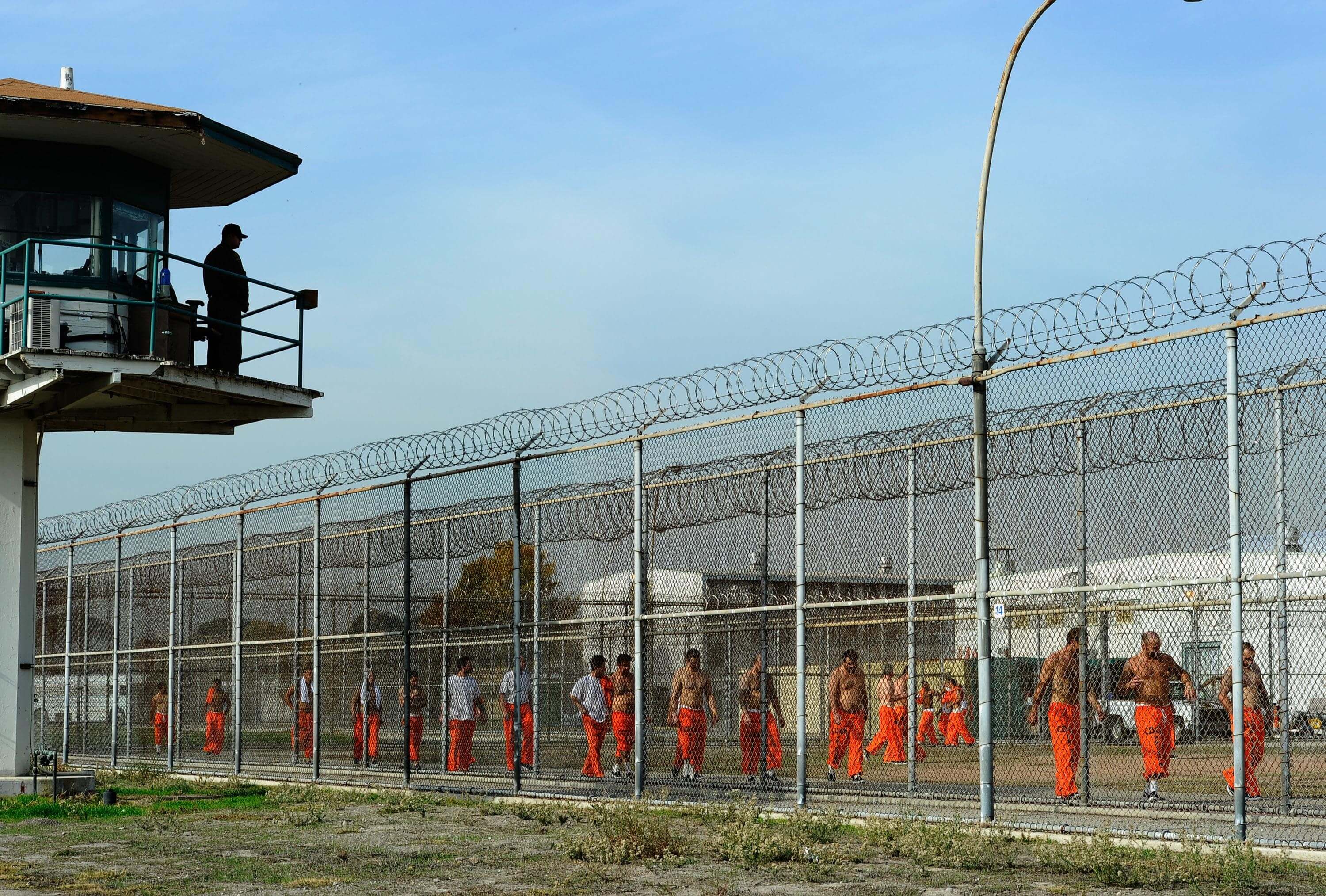description:
We see them streaming into our homes on YouTube almost every week: lethal encounters between police and the mentally ill. This film deconstructs those deadly scenarios with a view to find the sweet spot – where police can be trained to hold their fire
While the number of police-involved shootings per capita remained fairly static between 2004- 2014, the percentage of those cases involving people in mental crisis grew – now accounting for about 40% of civilian shooting deaths at the hands of police.
As Canada keeps no reliable record of police shootings, documentary producer Bountiful Films went through inquest records province by province to expose what they believe is a very conservative tally.
The average frontline police officer in North America faces more interactions with people in crisis than ever before. As the number of interactions skyrockets, police services struggle to deal with an ever-growing population of emotionally disturbed individuals who often lack adequate social supports. The numbers are different but the story is the same across the country. In 2014, Toronto police answered 20,000 interactions with people in crisis. Vancouver police say they respond to nearly 30,000 calls each year involving mental illness.
The growth in numbers can be attributed to three factors: better statistics, economic crisis driving more people into emotional crisis, and our society’s failure to keep up with the demand for community mental health resources – a demand partly created by the movement to de-institutionalize mental illness. Police have become de facto frontline mental health workers.
But the numbers are the background noise, the radio static behind the gunshots. While police are kept hopping with calls involving mental illness, the tragedies often have little to do with lack of social support and much more to do with decades of North American police training that taught officers to go in fast and big.
This approach is absolutely counterproductive when dealing with someone in the throes of an emotional crisis, someone who may, for instance, be hearing voices. Couple this traditional command-and-control response with edged weapon training and the result can be lethal. Edged weapon training essentially teaches officers to consider any situation involving a knife or scissors or a bicycle chain as automatically a firearms situation. And as U.K. Assistant Chief Constable Paul Netherton says, “Once you’ve deployed the weapon, actually are you creating a situation where someone being shot is what’s going to happen?”

